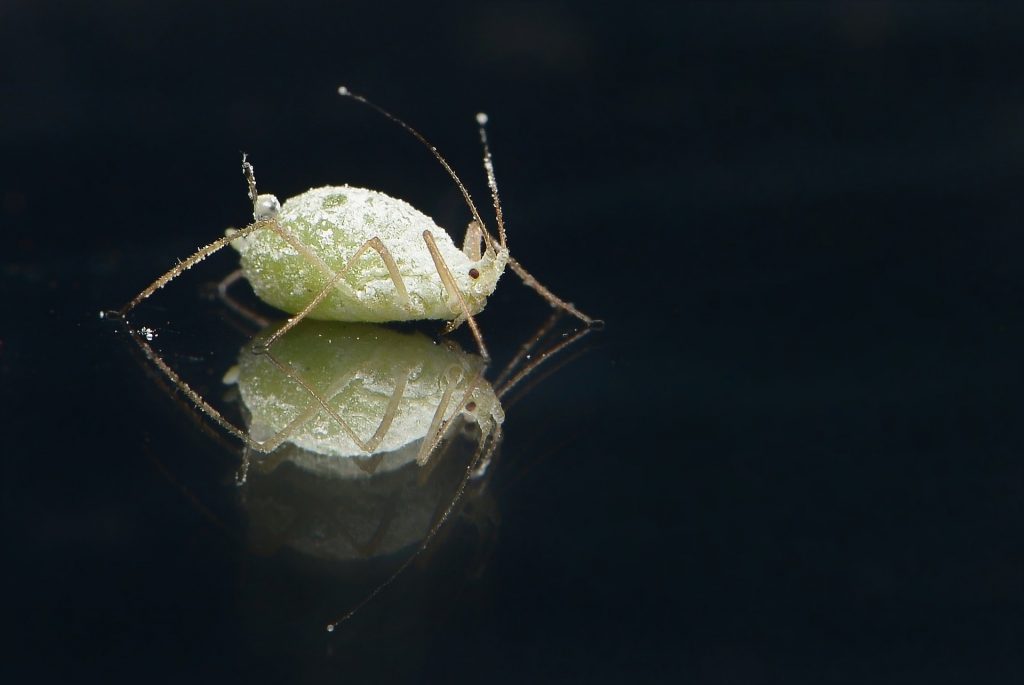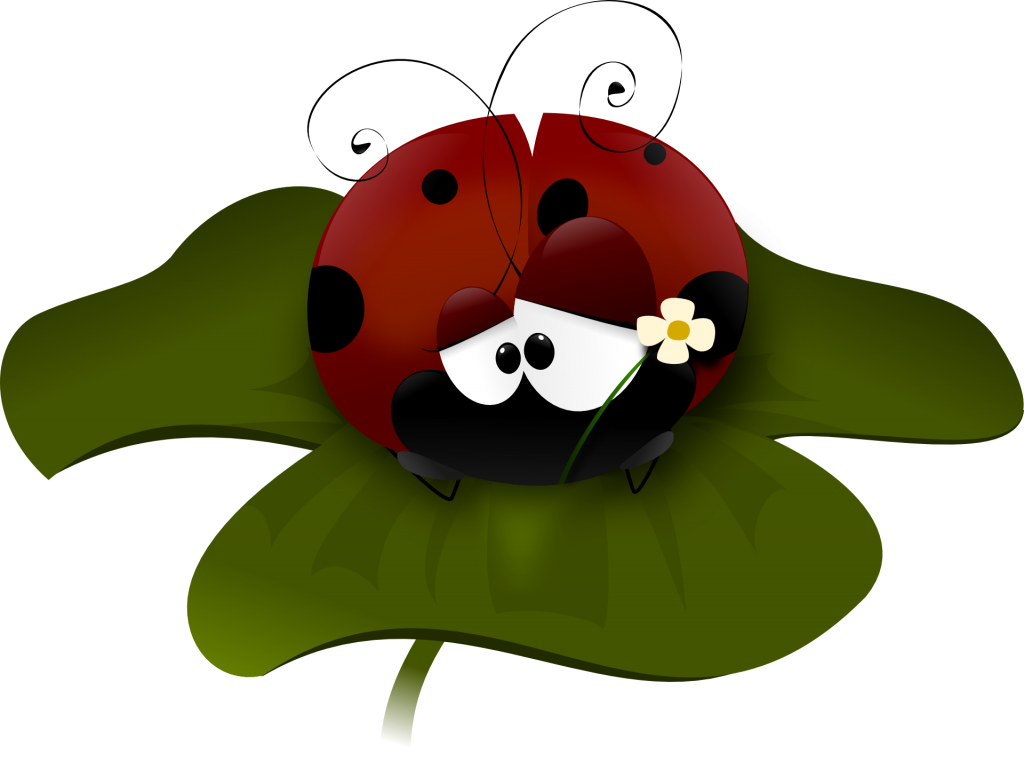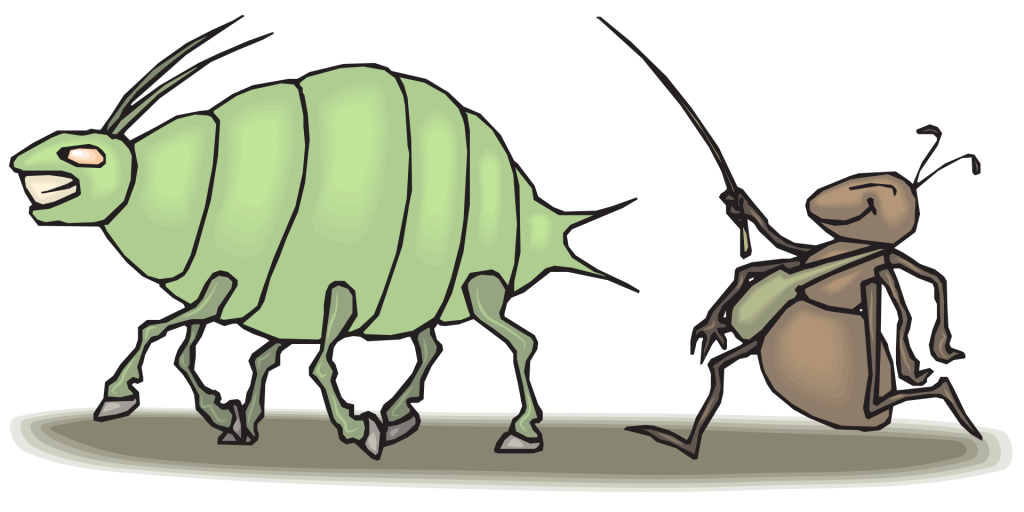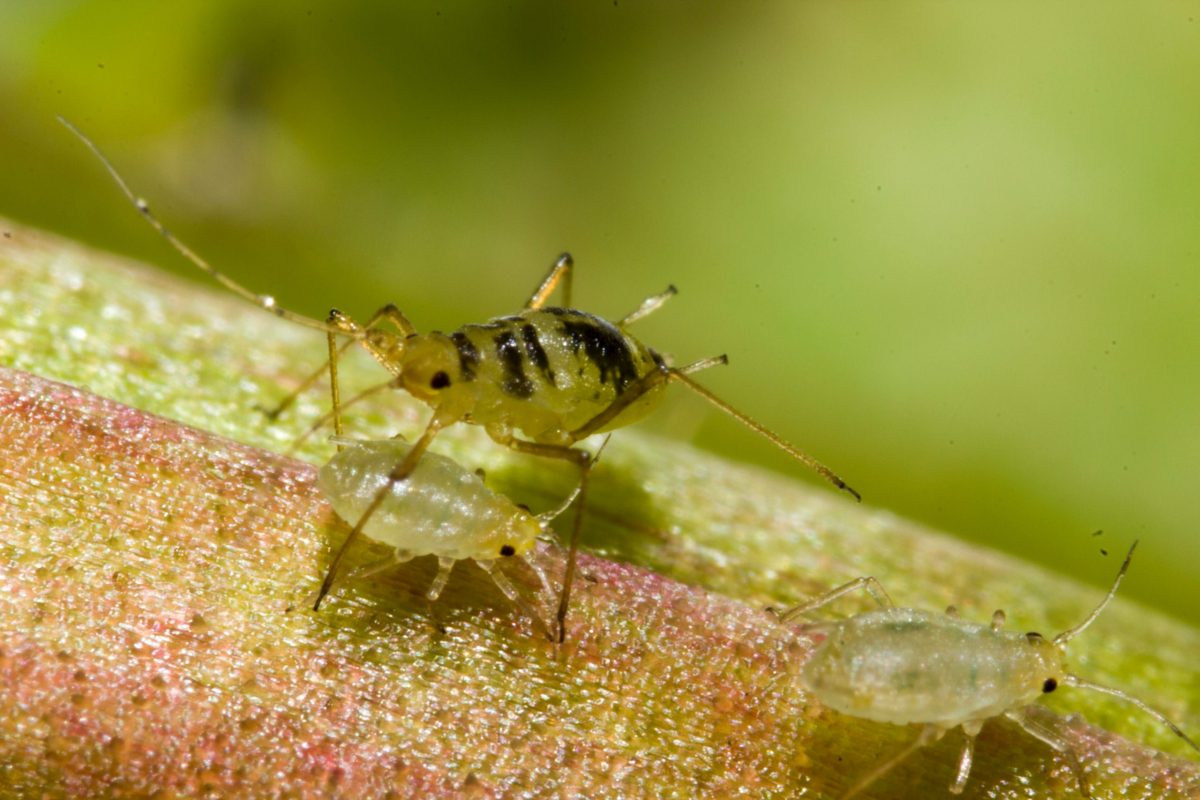Do you want to learn how to get rid of aphids to prevent your crops from becoming infected with a plant disease? This article features various suggestions worthy of consideration.

How to Get Rid of Aphids on Plants in Your Garden
Consider the world of insects. What do you think is the most menacing and problematic of them all when it touches on reduced crop yield?
Your guest is just as good as any other gardener, but according to ‘The Handbook of Agricultural Entomology’, aphids are “probably the most serious group of pests” in the Class Insecta.
While aphids do contain small, soft mouthpieces from which plant sap is sucked, this is not the driving force behind their mischief and devastation to crop yield. Unfortunately, these inconspicuous insects spread plant diseases. You’ll learn more about some of the vectors aphids carry in another article.
No doubt you are struggling with these miscreants in your garden, so let us look at how to get rid of aphids on plants.
How to Get Rid of Aphids in Your Garden
While this article lists various ways to get rid of aphids, you will need to choose the intervention that works best for your situation.
What works for one gardener might not produce synonymous results for you. This does not reveal the product or suggestion to be ineffective but, rather, it is just not suited for your particular situation. The success you reap will largely hinge on the structure of your garden, its culture, the level of infestation, and its ecosystem.
Now that’s out of the way, let us talk about how to get rid of aphids on plants.
Do you plant tomatoes? Learn how to deal with aphids when your tomato plants become infected.
Monitor Your Plants for Aphids
Would you leave your children unattended to and improperly maintained? Obviously not! You are probably even appalled by that question. That is understandable, but it was necessary just to highlight a point.
Your plants can be likened to children. They need love and care to thrive.
Proper maintenance and monitoring of your garden is a great way to identify its needs and pick up on early infestations. When an infestation is caught early, it can be dealt with quickly. After all, vector-carrying aphids can transmit plant diseases just seconds after feeding commences.
To monitor your plants for aphids, here is what you need to do:
- Check the undersides of leaves. This is where aphids love to hang out. Your plant leaves can be luscious and beautiful on the surface, while the undersides are fraught with sap-sucking, disease-carrying aphids.
- Check for ants roving back and forth on plants. More on this to come.
- Check for honeydew, which is normally secreted by aphids when attended by ants
- Check for an increase in natural predators
- Check for curled and twisted leaves
Biological Control of Aphids
When you use biological control methods to get rid of aphids in your garden, you are, in effect, allowing other insects to put in the work for you.
Aphids have natural enemies. These can be encouraged or released in your garden to take care of an infestation. Common natural aphid enemies include:
- Lady beetles and their larvae. This is one of the most frequently used predatory insects of aphids. They can be bought and released throughout your garden, but this is not recommended. Rather, you can cultivate plants they love to lure them into your garden. These plants include liatris and sunflowers.

- Green lacewing larvae (Chrysoperia rufilabris). This is a vicious predatory insect to have on hand. Green lacewing larvae are rapid, voracious eaters of aphids. They eat more aphids in a day than you can count! To attract green lacewing adults so that they can establish their larvae in your garden, try planting cosmos and clover.
- Parasitic wasps (Aphidius species). These predators impregnate aphids with an egg. As the egg grows, it is killed and mummified. A new adult wasp will then appear and leave the corpse behind.
- Soldier beetles. These tactical insects stay put and wait for their preys to come to them. They feed on soft-bodied insects, including aphids.
- Beauvaria bassiana: This is an entomopathogenic fungus that acts as a parasite for soft-bodied insects, including aphids.
While aphid predators can serve as an organic, biological way to control aphids, it may not always work. If an infestation has blown through the roof, you will likely have far more aphids to contend with than their predators can manage.
Management of Ant Population
Aphids are “ant-attended”. Both insects have formed a bond, or relationship to reckon with.
Ants cannot resist the sweet honeydew that drips from an aphid’s rectum. Gross, but that is how it is in the insect world.
As aphids are “attended” by ants, they are approached from the back (rear). With a front leg, an ant would tug on the aphid’s cornicle, which pretty much boils down to the ant signaling the aphid that it is hungry. After stimulating the aphid’s cornicle, honeydew collected in the aphid’s rectum is unleashed for the ant’s enjoyment. In return, the ant protects the aphid population from parasitoids and predators.

When you get rid of ants from your garden, you leave aphids vulnerable to their natural foes. They won’t have anyone to protect them.
To manage an ant infestation in your garden, consider using any—or a combination— of the following products.
Cultural Control of Aphids
Cultural control of aphids focuses on preventing an infestation and limiting their numbers. These methods vary and require several factors if success is to be had. Here are some of the things to do:
- Monitor weed population. Remove weeds in and around your garden to minimize an infestation dramatically. As aphids find certain weeds attractive, they will latch on to these until they can find a more suitable host.
- Protective covers. Protective covers prevent aphids from coming in direct contact with your plants. If aphids cannot get to inject your plants, there is no transmission of virus.
- Silver-colored reflexive mulches. Silver mulches repel aphids and other vector carriers. If you cultivate plants like melon and squash, this is a perfect way to protect your crops from becoming infested and infected.
- Remove infested plants. Some plants might be so badly infested that it is best to remove them, especially if the plant has been stricken with a disease. To prevent further infestation, remove dreadfully infested plants. Ensure to destroy completely when uprooted. This can be done by bagging the removed plant and placing in the sun for a few hours. Ensure the bag is tightly shut.
- Prune plants. Remove and thin leaves with light to moderate infestation. As some aphids can fall off during this process and reinfest other plants, it is best to prune and trim leaves with caution.
- Lookout for winged aphids. As winged aphids fly, it is rather easy for an infestation to spread to other areas of your garden or property.
- Monitor seedlings. Seedlings are most vulnerable to aphids. Before transplanting or introducing into your main garden, check to ensure they are aphid-free. If you do find aphids on them, it is best to isolate these seedlings until you can remove an infestation. Transplanting while there is an infestation could stunt the plant’s growth and worsen the problem.
Do you buy seedlings from suppliers? Check to ensure there is no infestation and disease before introducing them to your other plants.
Mechanical Control of Aphids
Mechanical control of aphids has its perks. You can use your fingers to rub the undersides of leaves affected by aphids to kill them. However, this depends on the level of infestation and may well be off-putting to some gardeners.
If opposed to using your fingers, try using a wet cloth to wipe plant leaves. Another option is to use water in a spray bottle or hose to knock them off the plant. You need, however, to use the right force. Water hitting your plants with too much force could cause damage and, at the same time, insufficient force might not knock aphids off.
Chemical Control of Aphids
If you are not against using insecticides in your garden, you can choose one that will work for your situation. Some insecticides available on the market for aphids include mixtures containing:
- Pyrethrin
- Azadirachtin
- Imidacloprid
- Dinotefuran
While these insecticides kill aphids, they may affect beneficial insects in your garden. Ensure to weigh this matter thoroughly before proceeding. These insecticides, however, are more effective when used to control the woolly hackberry aphid, which is less susceptible to control using biological and some organic means.
DIY Organic Insecticide Control of Aphids
Do you have an organic garden? There is something for you in this post. Another means to get rid of aphids is to use organic insecticides. These are more direct and kill aphids by smothering them.
Organic ways to get rid of aphids include using the following in a mixture:
- Neem oil
- Castile soap
- Marigold
- Fermented cow urine
- Garlic cloves (Learn how to make your own garlic spray for aphids)
- Cinnamon and Lemon-scented gum oil
There will be an article detailing how to get rid of aphids on plants using the ingredients above, so please lookout for this post to drop.
When “smothering” is used to get rid of aphids, the entire plant leaf needs to be covered, as the solution needs to come in contact with aphids.
Sadly, most less toxic methods used to get rid of aphids in gardens do not provide residual impact and will require continuous, direct application.
How to Get Rid of Aphids on Plants
You will always need to weigh a situation to determine how to get rid of aphids on plants. Different levels of infestation will require different applications or methods to keep things to a minimal. A light infestation might be curtailed by encouraging predatory insects in your garden and through mechanical control.
A moderate infestation might include a combination of factors, including smothering aphids to death or knocking them off plants using a hose or spray bottle. Although chemical insecticides are least encouraged, they may be warranted when an infestation is dreadful and there is disease present.
Whatever options you choose to get rid of aphids, ensure it is appropriate to your situation.
Share the Love
If you’ve enjoyed reading about how to get rid of aphids on plants in your garden, and found the article beneficial to your situation, don’t forget to share.
Sharing our content with friends and family helps to keep the lights going so that we can continue to help you deal with simple and serious pest problems at home. As usual, we welcome any questions you may have. Please make use of the comments section below









